You’re a bit spoilt for coastal history at our holiday cottages on the East Sussex & Kent border – being so close to Continental Europe put this stretch of coast right on the front line in the many attempted invasions.
From dramatic cliff-top forts to ancient Cinque Port Towns, we’ve got a millennia of coastal history for you to explore during your stay Beside The Sea.
So if you need some inspiration on your sandcastle building empire, then a trip to these monuments of our rich and historic past, offer an intriguing day out – where you will learn of the dramatic events that unfolded many years before and shaped our history.
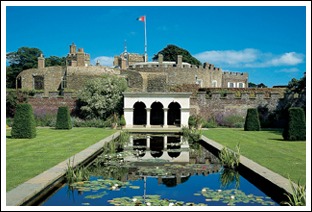 Set on the picturesque Kent coastline with panoramic views of the sea is Walmer Castle & Gardens. Built in the 16th century as part of a chain of coastal forts to withstand the wrath of the French and Spanish following Henry VIII’s break with the Roman Catholic Church.
Set on the picturesque Kent coastline with panoramic views of the sea is Walmer Castle & Gardens. Built in the 16th century as part of a chain of coastal forts to withstand the wrath of the French and Spanish following Henry VIII’s break with the Roman Catholic Church.
Walmer later evolved into the elegant official residence of the Lords Warden of the Cinque Ports, an ancient title that originally involved control of the five most important medieval ports on the south coast. The Duke of Wellington, a Lord Warden for 23 years, adored staying – you can still see his many possessions, including a pair of original “Wellington boots”.
Another Lord Warden, the late Queen Elizabeth the Queen Mother, also enjoyed regular visits and her magnificent garden – given to her on her 95th birthday – is a delightful haven. Enjoy a homemade lunch in the tea room, then take a stroll along the seafront to the town of Deal and the fascinating Deal Castle.
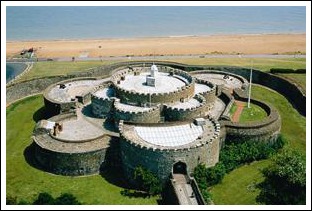 You can’t but admire the virtually impregnable Tudor Rose design of multiple bastions clustered around a central keep. The fortress once carried 119 guns and it’s among the finest artillery works in England. Relive ‘The Story of Deal Castle’ with an audio tour, explore battlements and dark passages.
You can’t but admire the virtually impregnable Tudor Rose design of multiple bastions clustered around a central keep. The fortress once carried 119 guns and it’s among the finest artillery works in England. Relive ‘The Story of Deal Castle’ with an audio tour, explore battlements and dark passages.
If you only have time for one castle, don’t miss Dover Castle, with its 2,000 years of history, atmospheric recreations and interactive exhibits. Strategically sited to peer over the Channel to the Continent, known as the ‘Key of England’, and leaders from Roman times onwards were keen to ensure it would not be unlocked.
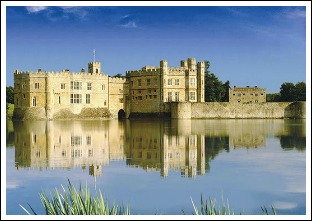 Not quite coastal but very much worth a visit is Leeds Castle, a true tableau of fairytale splendour rising from its lake in 500 acres of parkland. Follow its intriguing history from Norman stronghold to royal residence of six medieval queens, palace of Henry VIII to home of illustrious English families. The castle you admire today has been fashioned over 900 years.
Not quite coastal but very much worth a visit is Leeds Castle, a true tableau of fairytale splendour rising from its lake in 500 acres of parkland. Follow its intriguing history from Norman stronghold to royal residence of six medieval queens, palace of Henry VIII to home of illustrious English families. The castle you admire today has been fashioned over 900 years.
Head back into East Sussex and stop by Sir Edwards country pile, Bodiam, one of Britain’s most romantic and immediately recognised castles. Images of the brooding walls, rising majestically from the moat, appear all over the world to show off this fine example of medieval architecture.
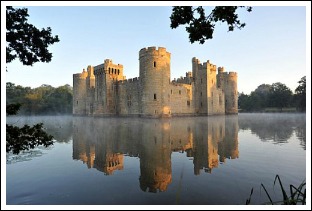 Built by Sir Edward Dallingridge, local landowner and successful soldier of fortune in the 100 Years War against France, to both impress his friends and frighten his enemies. The external walls are virtually complete. However, the family backed the king in the English Civil War and, in 1645, much of the interior was destroyed on the orders of Oliver Cromwell. The castle has remained uninhabited ever since.
Built by Sir Edward Dallingridge, local landowner and successful soldier of fortune in the 100 Years War against France, to both impress his friends and frighten his enemies. The external walls are virtually complete. However, the family backed the king in the English Civil War and, in 1645, much of the interior was destroyed on the orders of Oliver Cromwell. The castle has remained uninhabited ever since.
Now we head back beside the sea for some more coastal castles and although they are now ruins they still have a story to tell.
The remains of the first castle to be built in England after William’s invasion, Hastings Castle, can be seen on the town’s West Hill. Its famous ‘whispering dungeon’ is still intact and there’s a special audio-visual display ‘the 1066 Story’ which captures the bloody thrills of the invasion that led to the creation of the castle. The ruins that you see now are not due to enemy action but mother nature. In 1287 violent storms battered the south coast for many months and the soft sandstone cliffs eventually succumbed to the elements. Large sections of the face fell into the sea along with parts of the castle.
The last stop on the sandcastle inspirational tour takes us back towards Camber.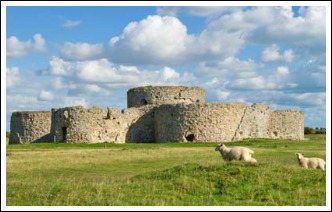 In 1533 King Henry VIII divorced his wife Catherine of Aragon and set in motion the events that led to the English Reformation. However, it also resulted in hostility with Catholic nations.
In 1533 King Henry VIII divorced his wife Catherine of Aragon and set in motion the events that led to the English Reformation. However, it also resulted in hostility with Catholic nations.
The threat of invasion grew more pronounced in 1538 when France and Spain, the two most powerful Catholic nations in Europe, signed the truce of Nice. With the prospect of France and Spain allied against him, Henry VIII began to fear for the safety of his realm.
A vast coastal defence program was undertaken to protect vulnerable or important places on the south coast. The resulting fortifications were known as the device forts and included transforming Guldeford’s tower into a fully fledged coastal fort – Camber Castle to defend Rye and Winchelsea.
As with Hastings, it wasn’t enemy action that spelt the end of the castle. By the end of the 16th century the silting of the Camber made the castle largely obsolete and in 1637 it was disbanded less than a century after it was built.
Now sitting quietly in the marshland surrounded by the Rye Harbour Nature Reserve the castle is now defended by Romney sheep!
To read of dramatic and often disturbing events that took place on the very floor where you stand is very moving – and if you have children, they’ll be getting a history lesson as well as an exciting day out.
So grab your bucket and spade and book your stay!
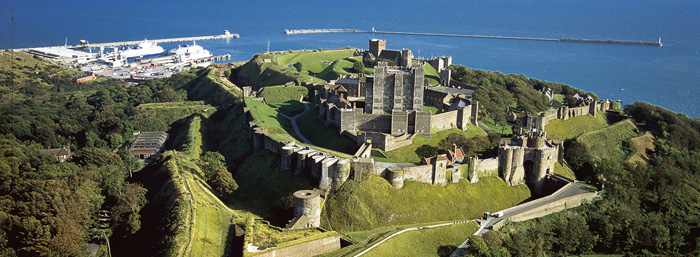

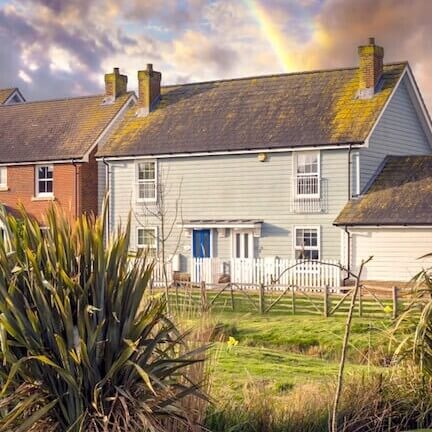

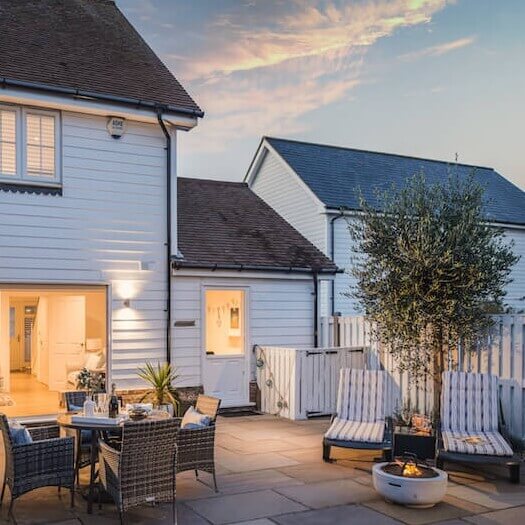

Leave a Reply